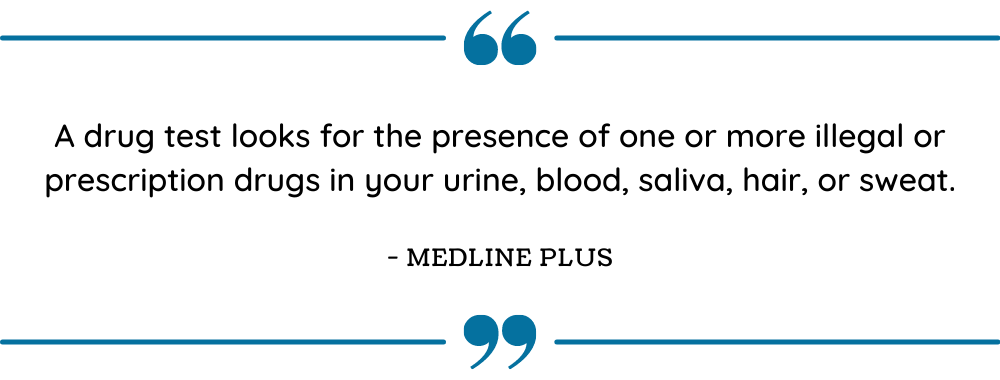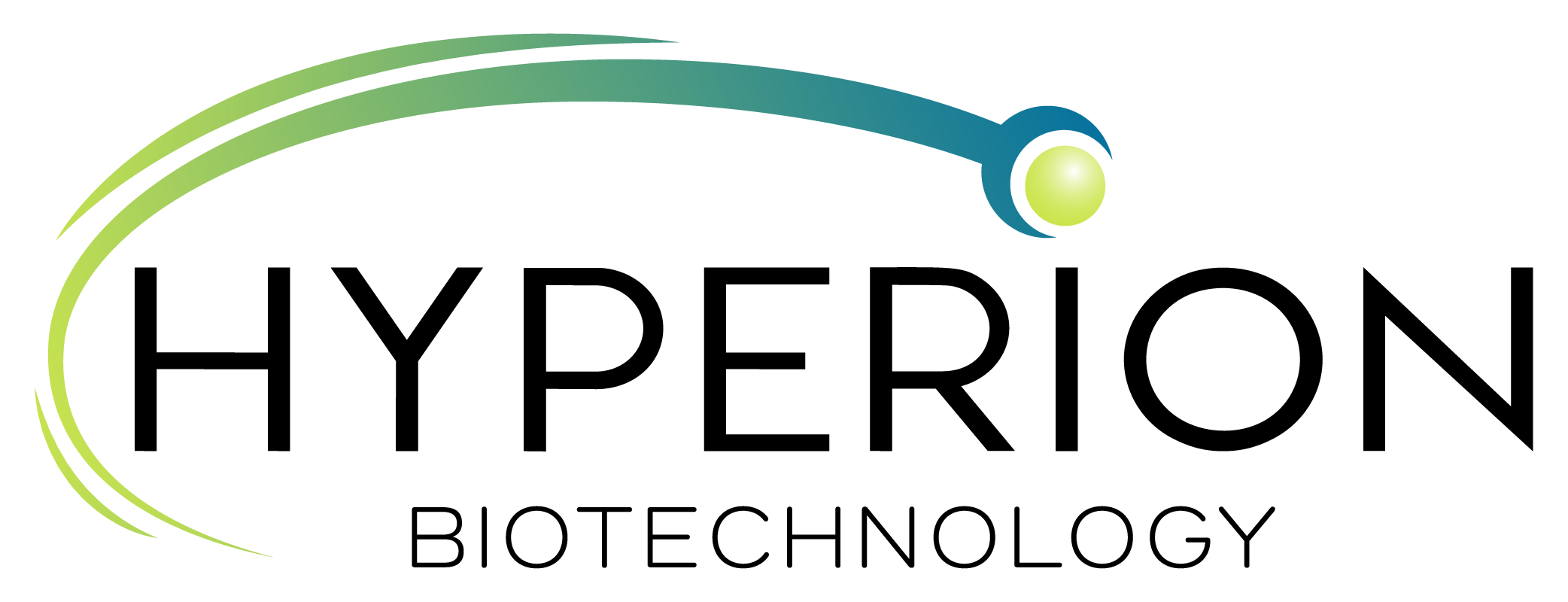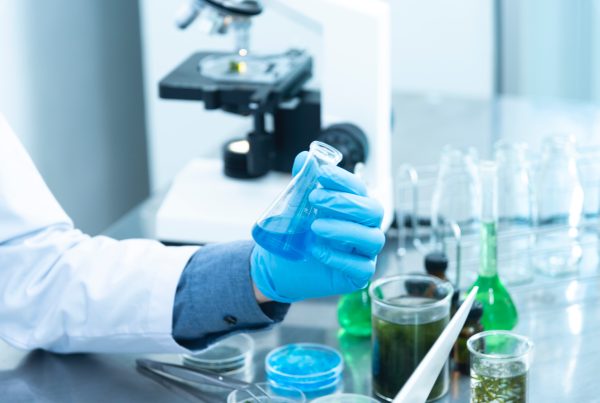
What is a Drug Test?
Blog written by John Kalns
DISCLAIMER: THIS WEBSITE DOES NOT PROVIDE MEDICAL ADVICE
The information, including but not limited to, text, graphics, images and other material contained on this website are for informational purposes only. No material on this site is intended to be a substitute for professional medical advice, diagnosis or treatment. Always seek the advice of your physician or other qualified health care provider with any questions you may have regarding a medical condition or treatment and before undertaking a new health care regimen, and never disregard professional medical advice or delay in seeking it because of something you have read on this website.

Drug tests usually refer to the testing of body fluids for the presence of drugs of abuse, narcotics, alcohol and alcohol metabolites.
Drug tests may be needed:
- As part of the hiring process for a job. Testing is done to identify candidates that may have substance abuse problems.
- During an accident investigation. Testing determines if drug use may have contributed to an accident.
- As part of a continuing surveillance process associated with employment. Random drug tests are often a condition of continued employment particularly in jobs where the consequences of drug impairment can cause severe physical injuries, death or significant economic loss. This includes truck drivers, military members and nuclear plant operators.
- When someone is being treated by a physician to control pain. Testing establishes that prescribed drugs, particularly opiates, are being used correctly and that street drugs are not being used to supplement or replace prescription drugs. Drug tests include many prescription drugs but also illicit drugs.
- During criminal investigations, child custody disputes, or as a condition of parole or other court ordered actions. Under these scenarios people need to demonstrate that they are not abusing drugs. If a drug test comes up as positive then persons may suffer a number of adverse outcomes including return to jail or prison or loss of custody or visitation rights to children.
- To determine if levels of drugs used in treatment of substance abuse are present in the body at levels needed to achieve a desired therapeutic effect. Drug effects depend on a number of factors including the concentration present in the body. In some instances drugs used to great dependence, examples naltrexone and buprenorphine, may not be dosed at levels to achieve the required concentrations. Physicians can adjust the dose of therapeutic drugs to achieve therapeutic levels using information obtained from drug tests. Usually these tests are done in blood, however oral fluid may be used instead in some instances.
- To prove to a spouse, child, parent or partner that they are no longer using drugs.

We are all stakeholders in drug tests even if we are not being tested or have a vested economic interest in test results. Safety and health are binding interests that involve all of us if we are in public spaces, at home, or at work.
There are several considerations that inform how, when and what types of tests are performed. Technical considerations involve selection of the type of sample that is appropriate (urine, oral fluid, blood) and the method by which the sample is tested. These important factors include:
- Cost. This includes the cost of taking people out of their normal life to submit to collection of a bodily fluid, wages paid to sample collectors and others that enable testing, laboratory costs, and compensation paid to health care professionals engaged in providing expert consultation on the veracity, outcome and use of test results. How quickly the result is needed can also affect cost.
- Privacy, knowledge and respect. Substance abuse is ultimately a complex mental health issue that deserves compassion and respect. In some instances a person may be taking drugs under a doctor’s orders and then test positive for drugs of abuse. For example, a candidate for a job may occasionally take Xanax to control anxiety. The employer and the candidate may not be aware that Xanax, a benzodiazepine, may trigger a positive outcome on a drugs of abuse employment screen. There are ways that this type of issue can be addressed appropriately without compromising privacy. Stakeholders must recognize that test results can have significant ramifications on the lives of those tested as well as others.
- Confidence in the sample. Confidence is established by knowing that a sample is obtained in a manner that makes substitution or adulteration difficult if not impossible. Urine samples can be switched or adulterated unless the collection is closely observed which can bring up privacy concerns. In contrast oral fluid samples collections can be closely observed, nearly eliminating the chance of sample switching or adulteration. Oral fluid collections also don’t have the same issues of privacy associated with an observed collection of a urine sample.
- Method used to detect drugs. In many scenarios a two step testing process is used. The first step is a rapid and inexpensive screen. These are often sold as cups or strips that produce a colored line when positive. They are easy to use and can produce a result in minutes. In clinical medicine and other scenarios, an unexpected outcome on a screen triggers a second, definitive test of the sample. This so-called confirmatory test uses very expensive machines operated by highly trained technicians. The test is very specific and detects the exact molecular structures associated with drugs. There are numerous quality and performance controls that must be used to establish the certainty of the result. The confirmatory test is often very expensive costing hundreds or even thousands of dollars per sample.
If you are looking for laboratory support for your testing needs you should consider these factors carefully.

During the last several years there have been some significant changes that have changed some aspects of drug testing. Some of the changes are important to consider if you are a medical provider recommending laboratory services to a patient, a patient seeking to engage directly with a laboratory for services or an employer interested in making sure you get accurate information.
- Transition to telemedicine. Many medical practices, including those engaged in treatment of substance abuse, have been transitioning to telemedicine over the last 5 years. This was happening prior to the COVID-19 pandemic though the pandemic has greatly accelerated this trend for reasons that are obvious. Telemedicine has lots of advantages for both patients and clinicians and is here to stay. Because there is no physical clinic it’s up to patients to manage their own sample collections. Increasingly this is done by shipping collection supplies directly to patients with direction to return the sample to the laboratory by mail or another common carrier. This is very convenient for patients that don’t have the time to drive around to office visits or to go to a sample collection site. If you are a patient searching for medical services it may be worth your time to shop around for a qualified provider that does telemedicine.
- Fixed cash pricing for specific medical services. Many working Americans have medical insurance plans with high deductibles and significant co-pays. Others have no insurance at all. Surprise medical billing, the practice of charging patients exorbitant amounts for common services, has never been more rampant. In response to these systemic problems, some providers now offer services on a cash only, fixed price basis. Often the prices are surprisingly reasonable and services are of good quality. These alternatives are becoming increasingly popular and it may be a good idea to do some research to see if you can obtain the care you need at a cost you can really afford.
- Confirmatory drug testing technology for the same cost as screening. Some laboratories now offer surprisingly affordable testing using the same technology used for confirmatory analysis. There are many reasons why this is the case but a major reason is that getting paid through insurance can be very slow, uncertain, time consuming and costly. Collecting from patients can be problematic as well. Given these challenges, some labs are offering very generous discounts on testing costs in exchange for getting paid for the service up front. If you can pay for services upfront you may be able to get an excellent deal and avoid high co-pays and surprise bills later.
Did you find this post helpful and informative? If you did, let us know — hit the ‘Like’ button or click the buttons below to share this post on Facebook, Twitter, or LinkedIn, or save it to your Pinterest board!
You can also share your thoughts with us by leaving a reply at the bottom of this page. And be sure to take a look at our other blog posts here!




